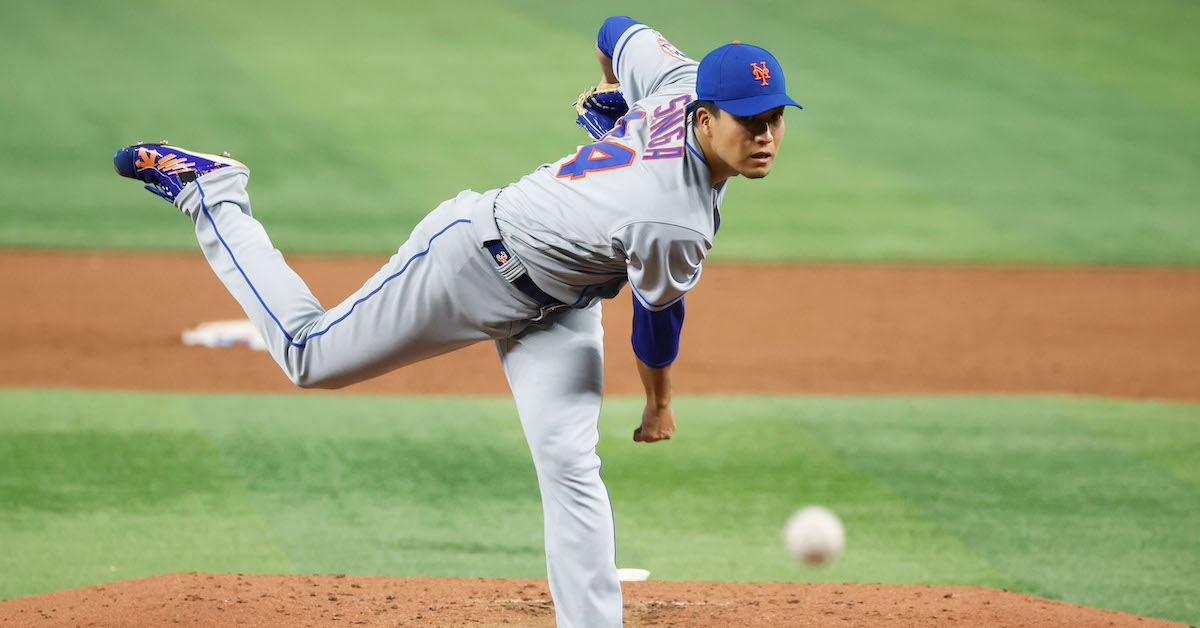The Rays Are Steamrolling Opponents at a Record Clip

Friday night’s game at Tropicana Field featured a rare sight: the Rays trailing a team by a 1–0 margin. It was a blink-and-you-missed it moment, with a run in the top of the second inning putting Tampa Bay behind for the first time since Tuesday night, and just the second time all season. But it didn’t last long: on the first pitch of the second inning, Harold Ramirez hit a Ken Waldichuk offering for a solo homer into the right field corner, kicking off a six-run inning that also featured a grand slam by Isaac Paredes. The Rays never looked back, beating the A’s, 9–5, on Friday and then 11–0 on both Saturday and Sunday to run their record to 9–0.
It’s an understatement to say that the Rays are off to the best start in franchise history (their previous record for season-opening wins was three) or the best of any team this year. By consecutive victories to open a season, they’re off to the best start in 20 years, and by run differential, they’re doing some things not seen in the majors since the late 19th century — and some never seen before. Read the rest of this entry »








